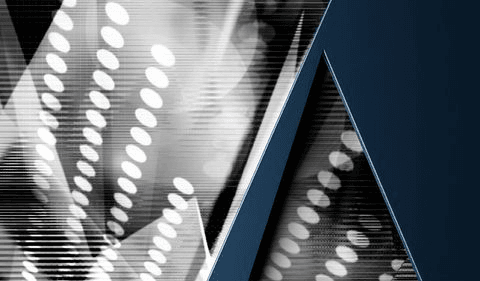In an appeal from an inter partes review, the Federal Circuit recently clarified that the enablement inquiry applied to prior art references in the context of an anticipation defense differs from the enablement inquiry applied when evaluating the claims of a patent.
In this case, Petitioner-Appellee Synthego Corporation (Synthego) filed two IPR petitions challenging claims of U.S. Patent No. 10,337,001 B2 (“the ’001 patent”) and U.S. Patent No. 10,900,034 (“the ’034 patent”), both of which relate to CRISPR-Cas systems for gene editing and share a common priority date of December 3, 2014. In the IPRs, the Patent Trial and Appeal Board (“PTAB”) issued two final written decisions, finding all of the challenged claims unpatentable as anticipated and obvious. Patentee-Appellant Agilent Technologies, Inc. (Agilent) appealed.
At the PTAB, Agilent argued that it would have been extremely challenging for a person of ordinary skill in the art to synthesize the claimed chemically modified RNA molecules in the claims. Agilent also stated that the nascent state of the art demonstrated that undue experimentation would be required. The Board rejected this argument, finding that by the December 2014 priority date, substantial research had been published in the area, and therefore, a POSA would not have been working from a blank slate. Rather, the art provided standard techniques to make the RNA molecules exemplified in the anticipatory reference. And the types of modifications used in the prior art had been known for decades to stabilize RNA.
On appeal, Agilent raised multiple arguments including that the PTAB’s anticipation determination was not supported by substantial evidence because the anticipatory reference was not enabled.
The Federal Circuit rejected Agilent’s non-enablement argument, affirming the PTAB’s anticipation determination. In reaching its decision, the court distinguished its prior decision in Impact Labs., Inc. v. Aventis Pharms., a case where the court held that a prior art reference was not enabling because it disclosed an extensive range of compounds and broad dosage guidelines without sufficient direction or guidance to prescribe a treatment regimen. By contrast, here the prior art disclosed specific sequences having the recited chemical modifications at the recited locations which had been known and used for decades to stabilize RNA against degradation.
The Federal Circuit also distinguished the Supreme Court’s decision in Amgen Inc. v. Sanofi, 598 U.S. 594 (2023), explaining that the issue in Amgen concerned whether the asserted claims were sufficiently enabling to be valid under 35 U.S.C. § 112, whereas the present case involved whether a prior art reference was enabling for purposes of anticipation. And these are two separate inquiries—Section 112 requires that the specification enable a POSA to use the invention, whereas Section 102 makes no such requirement for an anticipatory disclosure. Additionally, Section 112 requires that a specification enable the full scope of the claims, whereas Section 102 only requires that a prior art reference enable a single embodiment.
Although there was evidence here that a POSA would have needed to engage in some level of experimentation, the PTAB’s finding that a POSA would have understood how the elements of the claim functioned together, particularly because the types of chemical modifications needed here had been successfully used in other systems to reduce RNA degradation, i.e., the same purpose they were used for here. Based on this record, the Federal Circuit held that substantial evidence supported the PTAB’s finding that the prior art was enabled.
Practice Tip: This case highlights that enablement challenges brought against prior art face a different, and potentially more challenging, inquiry because the inquiry is less focused on the breadth of the claims and more focused on whether a POSA could have made an embodiment of the invention. As to that question, it will be important to look not only at the relevant disclosures in the prior art reference itself, but also the knowledge of a POSA.
Agilent Techs., Inc. v. Synthego Corp., No. 2023-2186, 2025 WL 1645693 (Fed. Cir. June 11, 2025)



